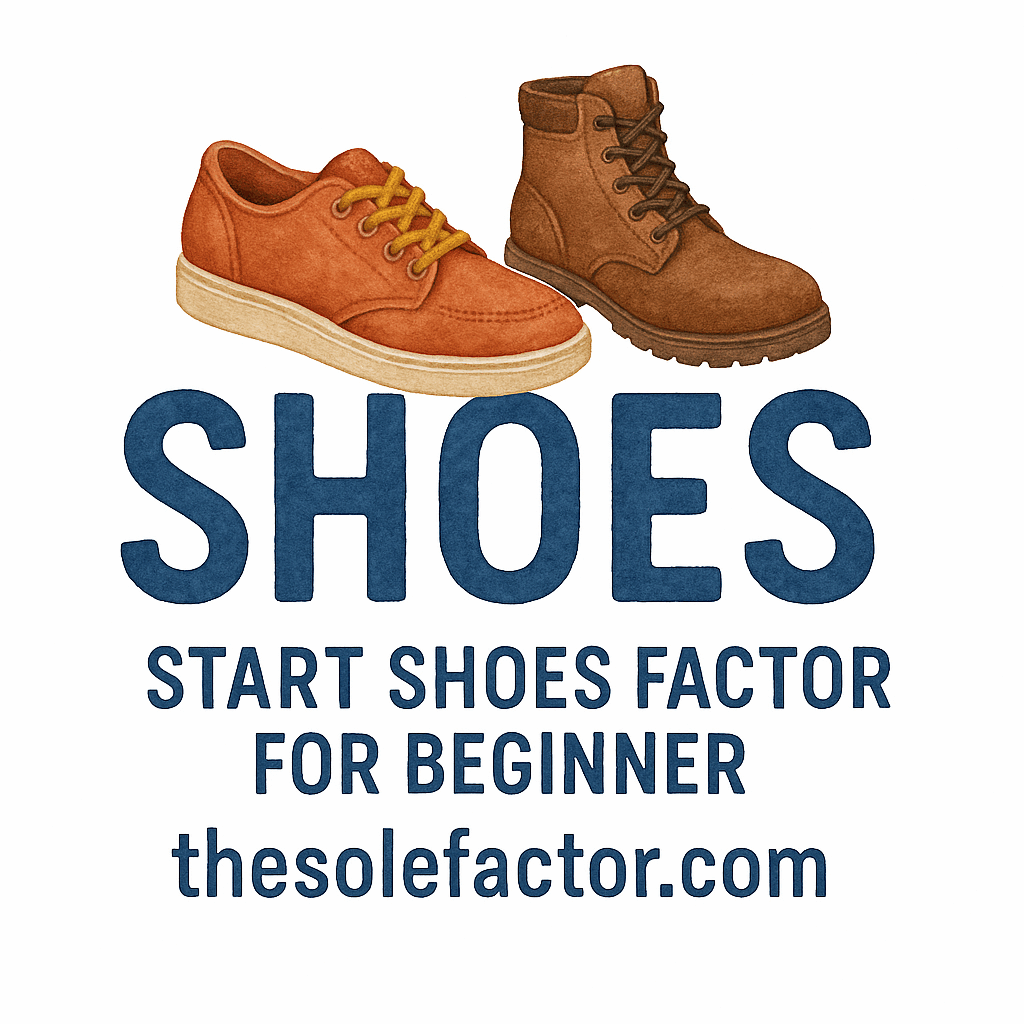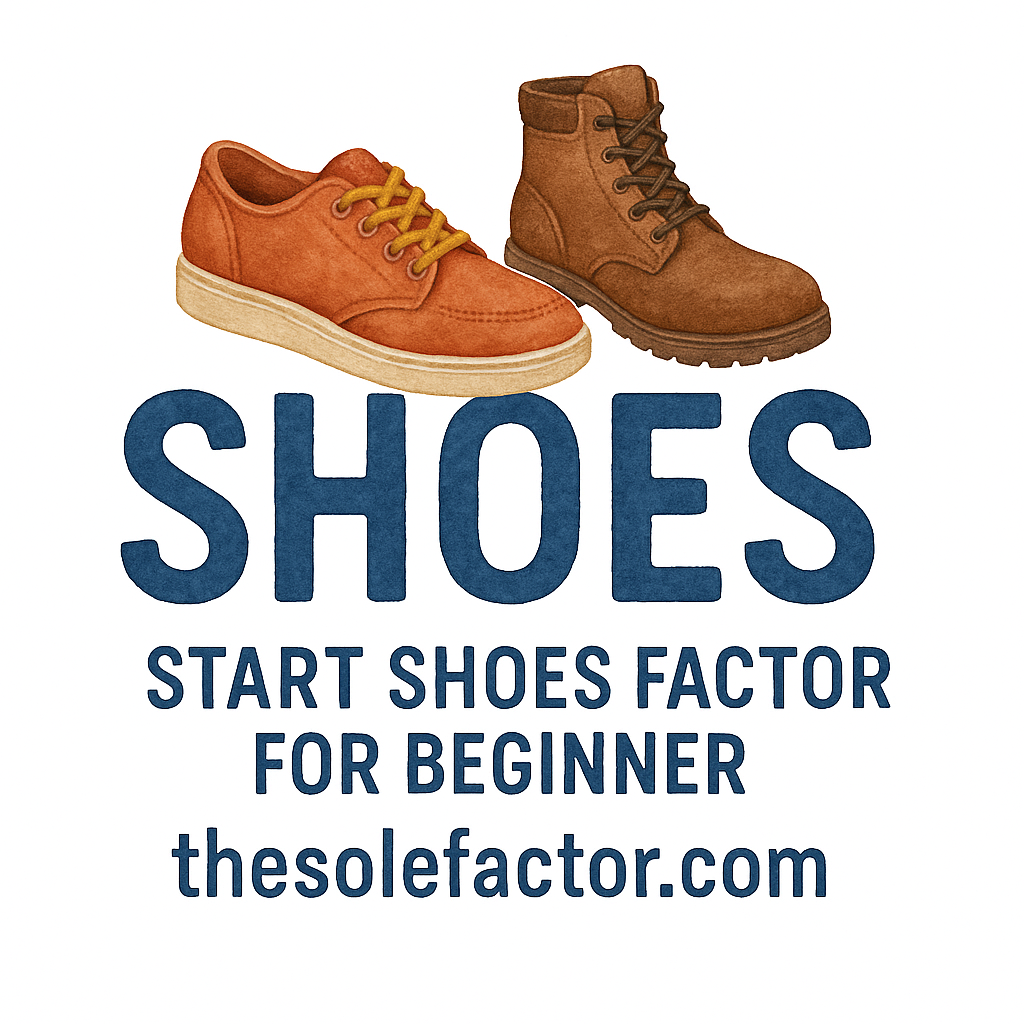Introduction to Color Psychology in Shoe Design
Ever wondered why some shoes just speak to you at first glance? That magic lies in the subtle science of color psychology in shoe design. The colors you choose for your footwear designs aren’t just aesthetic—they influence perception, evoke emotions, and connect deeply with your audience. Whether you’re launching a new sneaker line or designing luxury heels, tapping into the psychology of color can level up your brand impact.
In this post, we’ll dive into six actionable color psychology tips to supercharge your shoe design strategy, backed with branding insights and design trends from The Sole Factor.
Why Color Psychology Matters in Footwear
Emotional Responses to Colors
Colors go beyond surface-level appeal—they trigger emotional and psychological responses. When someone chooses a pair of shoes, they’re not just picking footwear; they’re expressing confidence, calmness, boldness, or creativity. That’s the beauty of color psychology in shoe design.
Brand Identity and Color Impact
Choosing the right colors helps reflect your brand’s personality. Are you edgy and urban? Go bold. Are you minimal and refined? Think neutrals. Your brand’s core message can either be amplified or drowned out depending on your color choices.
Learn more about how branding shapes your shoe business here and explore top branding tips on this branding tag page.
Tip #1: Red – Boldness, Energy, and Attention
Best Uses of Red in Shoe Design
Red is powerful. It’s the color of adrenaline, ambition, and attraction. In shoe design, red is often used to signal high performance or make a fashion statement. Think luxury pumps, sport sneakers, or limited-edition collabs.
Target Audience for Red Shoes
Red appeals to fashion-forward individuals who crave attention. It’s perfect for younger demographics, club-goers, and athletic enthusiasts seeking energetic vibes.
Want to explore how production aligns with bold designs? Check out Shoe Factory Basics.
Tip #2: Blue – Trust, Calm, and Professionalism
Corporate and Casual Footwear
Blue is calm, collected, and reliable—ideal for workplace shoes or smart-casual sneakers. Light blue tones can suggest friendliness, while navy blue denotes professionalism.
When to Use Blue in Shoes
Blue fits well in collections targeted at professionals or lifestyle customers who prefer a balanced, mature look. It’s a solid staple color for versatile designs.
Peek into professional marketing tips for your blue-toned product line on Marketing & Branding.
Tip #3: Black – Power, Sophistication, and Versatility
Universal Appeal of Black Shoes
Let’s face it—black will never go out of style. It’s the go-to color for formality, versatility, and elegance. From dress shoes to performance wear, black works anywhere, anytime.
Blending Luxury with Minimalism
Black helps convey a luxury feel without the flashiness. Pair it with premium materials, and you’ve got an elite combo. This approach blends minimalism with power.
Want a behind-the-scenes look at how shoes are produced? Visit Production & Equipment and explore factory-related content.

Tip #4: White – Simplicity, Cleanliness, and Freshness
Streetwear and Casual Trends
White sneakers have taken over street fashion. They’re crisp, clean, and perfect for laid-back vibes. White suggests clarity and modern style, especially in younger fashion markets.
White in Minimalist Shoe Design
If your brand leans minimalist, white is your friend. It creates space, simplicity, and focus—just what today’s mindful consumers crave.
Get inspired by new shoe design trends and see how white dominates the minimalist movement.
Tip #5: Yellow – Optimism, Creativity, and Energy
Using Yellow for Statement Pieces
Yellow grabs attention without being aggressive. It’s cheerful, bright, and full of life—ideal for statement sneakers, festival shoes, or summer collections.
Age Demographics and Color Preferences
Younger customers tend to embrace bold colors like yellow. It’s less formal and more expressive, giving your design a fun, creative edge.
Looking to manage budgets while experimenting with color? Don’t miss insights from Operations & Finance and this helpful budgeting tag.
Tip #6: Green – Balance, Nature, and Harmony
Eco-Friendly and Sustainable Branding
Green evokes nature and sustainability. It’s a powerful choice for environmentally conscious brands. Pair it with recycled materials, and you’re not just selling shoes—you’re promoting a movement.
Calm Tones for Lifestyle Footwear
Earthy green tones are ideal for casual, wellness-focused footwear. Olive, moss, or sage convey comfort, balance, and grounded vibes.
Sustainability is huge in the manufacturing world. Learn how partnerships and planning make it real here.
Bonus Tip: How to Mix Colors Intelligently
Color Blocking and Trend Analysis
Mixing colors in shoe design can create dynamic, energetic vibes—think color-block sneakers. But there’s a fine line between bold and chaotic. Use contrasting colors to add energy or analogous tones for harmony.
Cultural Color Considerations
Different cultures view colors differently. Red means luck in China, but danger in other parts. Always consider your market’s cultural color perceptions when designing global collections.
Explore global production and marketing decisions with insights on decision-making and international planning.
Leveraging Color Psychology for Branding and Marketing
Aligning Shoe Color with Brand Messaging
If your brand promises calm and peace, don’t throw in neon reds. Let your brand identity drive your color palette. Every shoe design should echo your core values.
Role of Color in Product Promotion
Color sells. Literally. Products that “pop” on shelves or screens get clicked, bought, and shared more. Want more traction on social media? Use trending colors in your promotions. Explore the power of social media and promotion here.
Practical Design Tips from Industry Experts
Trends from Leading Factories
Today’s factories aren’t just about output—they’re about innovation. Top factories now track color trends and help brands stay ahead. Read more on shoes factory basics and industry insights.
Color Usage in Prototyping
Before going full production, test color combinations in prototypes. This helps you gauge audience reactions, refine your design, and cut losses.
Need the right machines for your design tests? Explore the latest equipment and machines here.
Conclusion
Color psychology in shoe design isn’t just a trend—it’s a strategy. From bold reds that shout attention to serene blues that whisper trust, your color choices can make or break your product’s success. When colors align with your brand, audience, and message, they don’t just make shoes look better—they make them feel right.
So next time you design, think beyond looks. Think about feelings. That’s the power of color.
Explore more at The Sole Factor, your ultimate resource for everything from branding to budgeting, production, and promotion.
FAQs
1. What is color psychology in shoe design?
Color psychology in shoe design refers to how different colors influence consumer perception, emotions, and buying decisions.
2. Which color is best for designing luxury shoes?
Black is often used for luxury due to its sophistication and timeless appeal.
3. How do I choose the right color for my shoe brand?
Align your color choices with your brand values and target audience preferences.
4. Can I mix multiple bold colors in one design?
Yes, through techniques like color blocking—but balance is key.
5. Does color impact online shoe sales?
Absolutely! Bright, trending colors often get more clicks and shares, boosting conversions.
6. Are there tools to help choose shoe colors?
Design software with built-in color psychology tools, plus platforms like The Sole Factor, are great resources.
7. How do I learn about trending shoe colors?
Stay updated with industry blogs, attend fashion shows, or follow platforms like The Sole Factor.


